Celebrating the Epiphany in different cultures
Image taken from Google Images via Creative Commons License
The Epiphany is a universally celebrated feast day of the Three Kings visitation to baby Jesus.
January 5, 2023
This Friday, Jan. 6, is the Feast of the Epiphany, signifying the culmination of the liturgical Christmas season. The holiday commemorates the Wise Men’s journey to Bethlehem and their visit to Jesus where they offered up gifts of gold, frankincense, and myrrh. The feast is celebrated 12 days after Christmas—the time it would have taken for the Wise Men to travel to Bethlehem. The Epiphany is important to the Catholic faith, as it celebrates the revelation of Jesus as the Son of God and a visible expression of His love. It’s also important globally, because the Three Kings show Christ came for everyone’s salvation, not just the Jews’.
A number of traditions are associated with the Epiphany, such as marking the front door with a blessing and gathering over a special meal. However, there are also customs that are specific to different countries.
In the Philippines, Santa isn’t the only person who gets to surprise people with gifts for the holidays. Although they may not be going down chimneys, the Wise Men are full of gift-giving spirit that drags Christmas into the new year. The Philippines holds the longest Christmas celebration, as Filipinos begin their gift shopping and annual blasting of Mariah Carey’s holiday album as soon as September rolls around. Alas, all good things must come to an end, and the Feast of the Epiphany marks the finale of the four-month-long season.
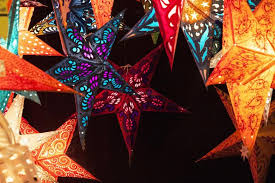
For the Filipino Catholic community, the Epiphany (Araw ng Tatlong Hari) is also known as the Feast of the Elderly (Pasko ng Matatanda) in order to honor senior citizens, and is an entire day of celebration with even more gift giving. In several towns, men dressed as the Three Kings ride on horses and parade through the streets while handing out treats and goodies to children. A mass dedicated to the Three Kings is held afterwards, where gifts are exchanged among loved ones. It is also customary for little kids in the Philippines to leave their shoes outside of their doors and fill them with straw or dried grass, in hopes of the Kings’ camels stopping by. In the morning, the straw would be gone and a gift from the Kings would appear in its place.
In the Spanish-speaking world, the tradition is similar. From November to February, the Christmas season stretches on from Ano Viejo to Ano Nuevo, last year to New Years. Families put their Christmas tree up in early November, which they take very seriously. They usually use artificial trees because of tropical climates in the lower equator, that they keep up past Christmas Day. For Hispanics, Dec. 25 is, above all, an important religious day not reserved for gift-giving. On the Epiphany, Los Reyes Magos (the Three Kings) replace Santa Claus as the Christmas season gift-giver. The night before, families celebrate with the Rosca de Reyes, a sweet bread with a little plastic baby hidden inside. Whoever finds the baby in their piece of bread has to cook tamales for Dia de la Candelaria, or Candlemas. Dia de la Candelaria celebrates Mary’s presentation of Jesus to the temple.
After eating the Rosca, children leave their shoes out for the Kings to bring them gifts at night. On the morning of the Epiphany, they run to their shoes to see what’s been left inside, or if their shoes have been replaced with newer ones. After, the day is commemorated heavily in the towns. Like the Philippines, it is a big social affair in their communities. Children miss school and parents miss work to watch parades in the streets. Single or older men will wear Los Reyes’ costumes to ride on parade boats and toss candy out to the children.

Internationally, the Catholic faith reaches many cultures that develop their own traditions. The Epiphany is an important example of how the Church is universal, as well as one, holy, and apostolic. In what ways do you and your family celebrate the Epiphany?

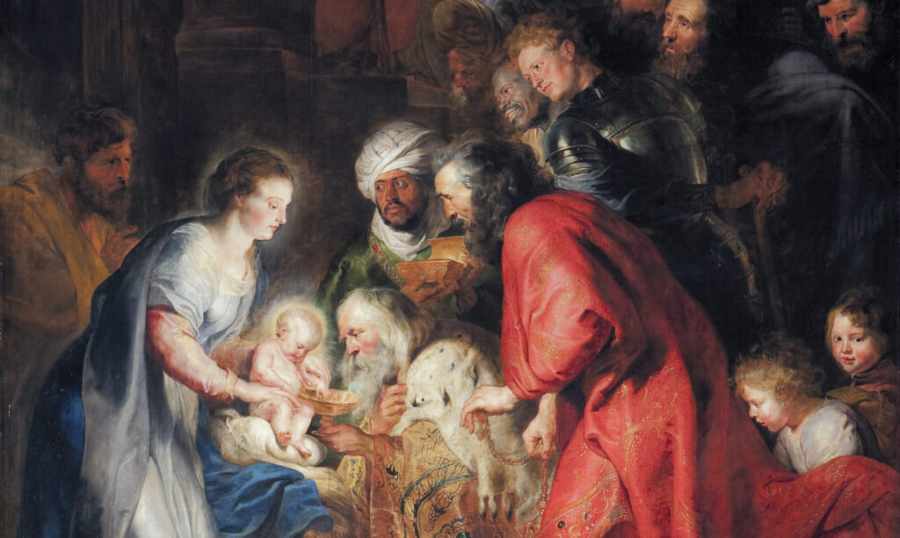






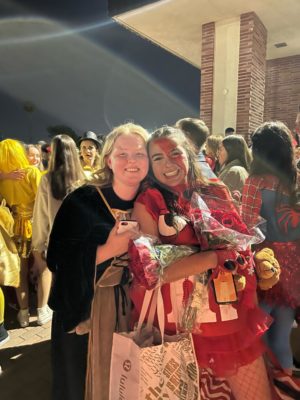


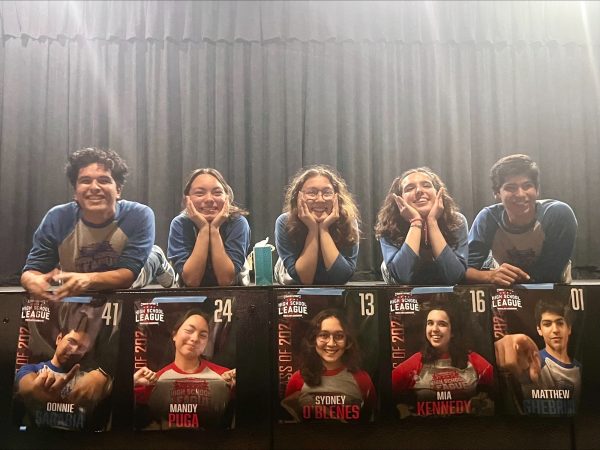




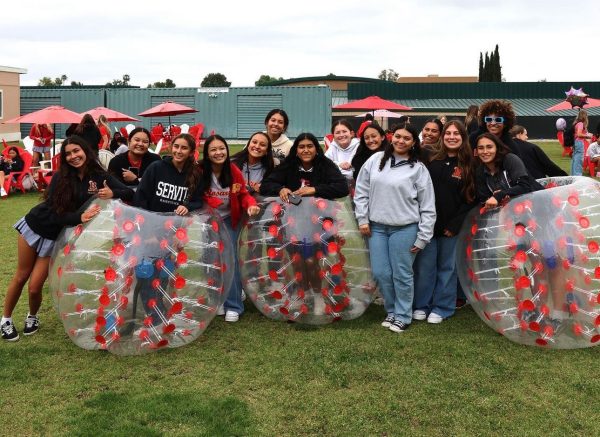

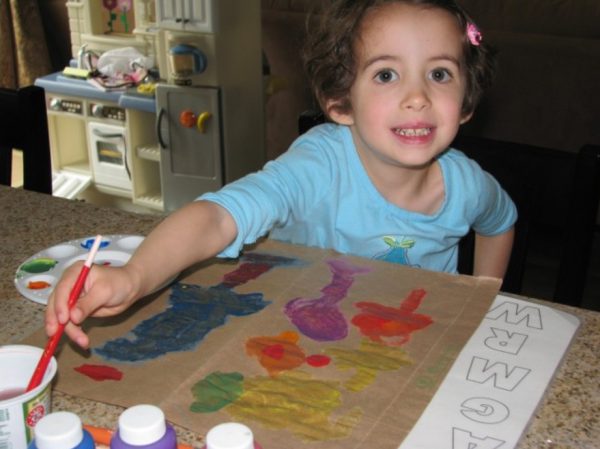
Isabella • Jan 5, 2023 at 7:35 pm
My family does not celebrate Epiphany! But this is great. Learned lots
kat cenabre • Jan 5, 2023 at 11:35 am
this is a really informative article! i really enjoyed reading this. great work cami and caela!